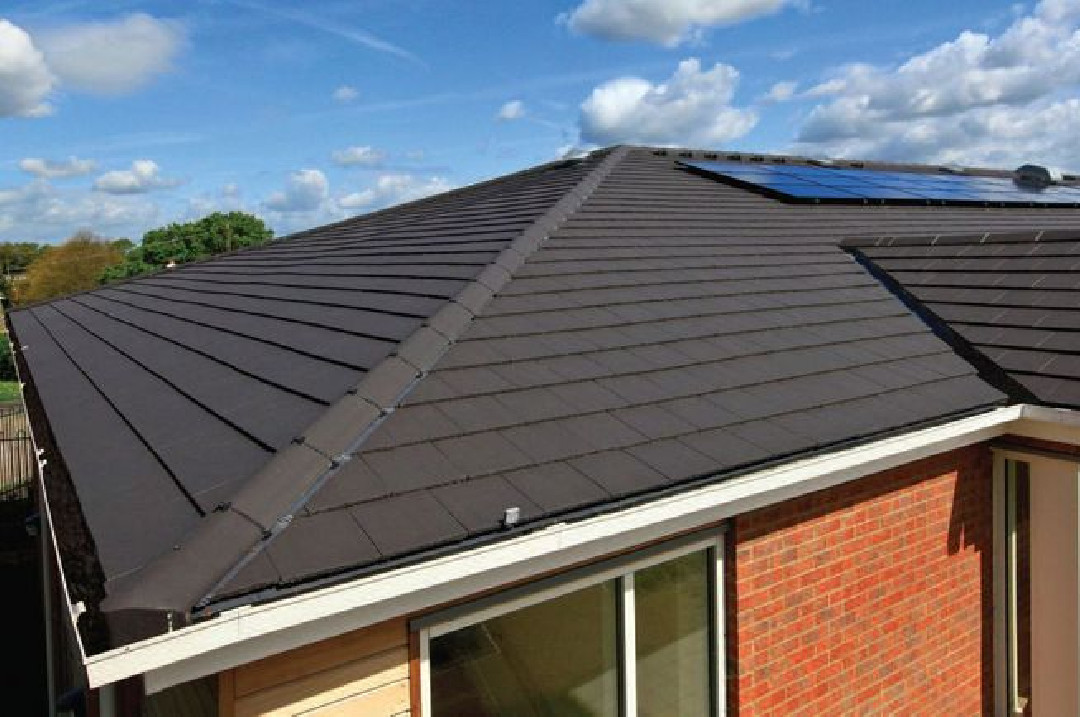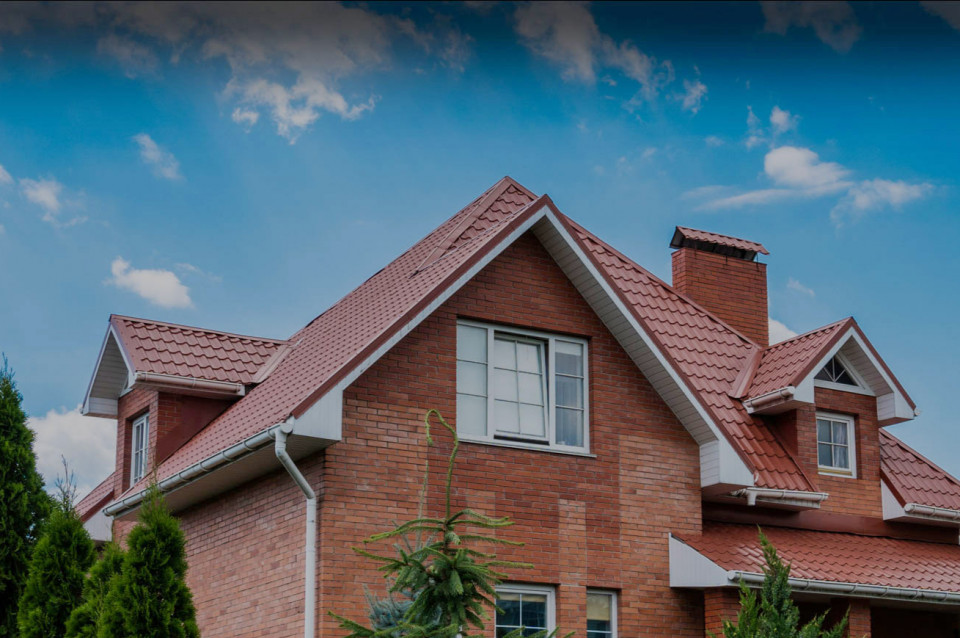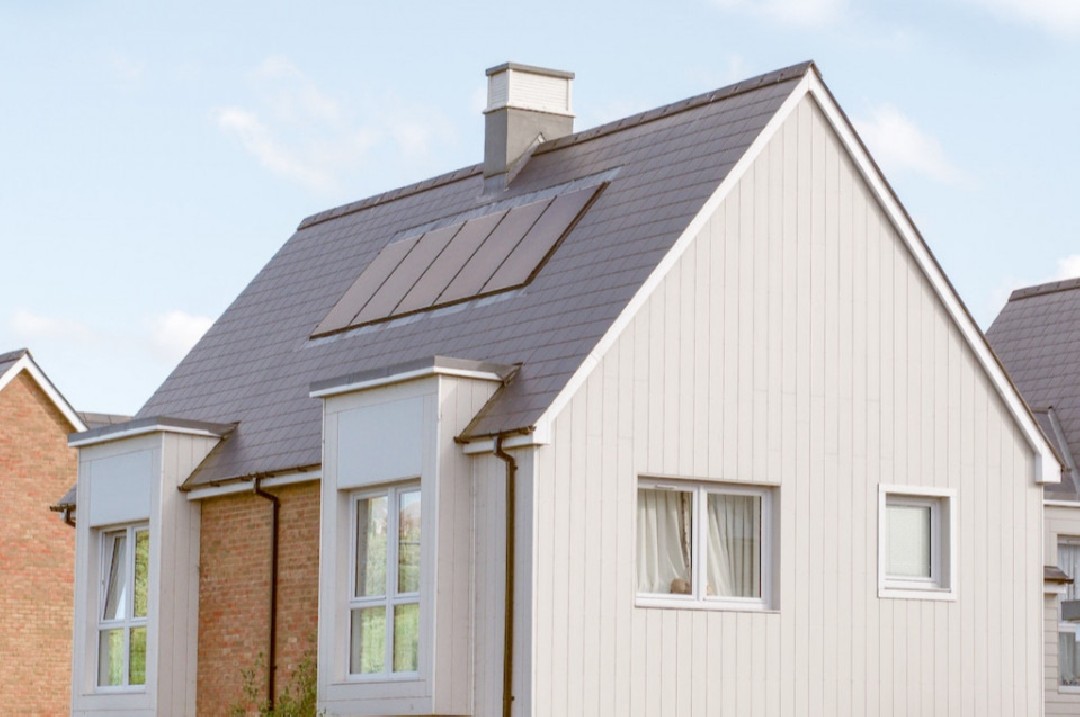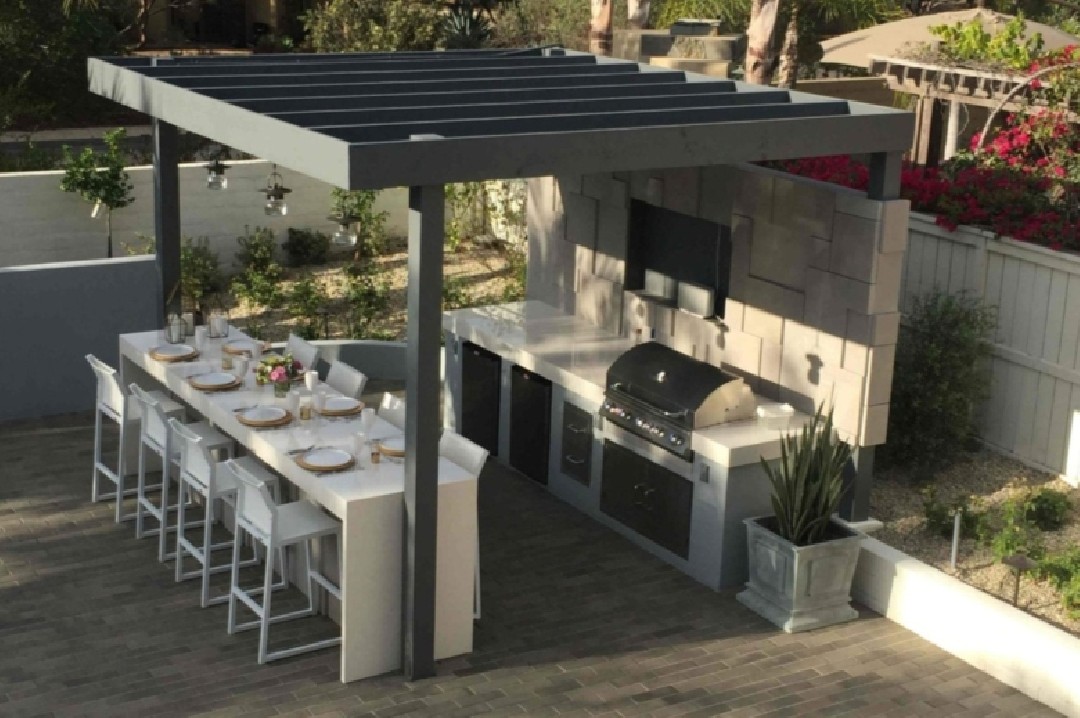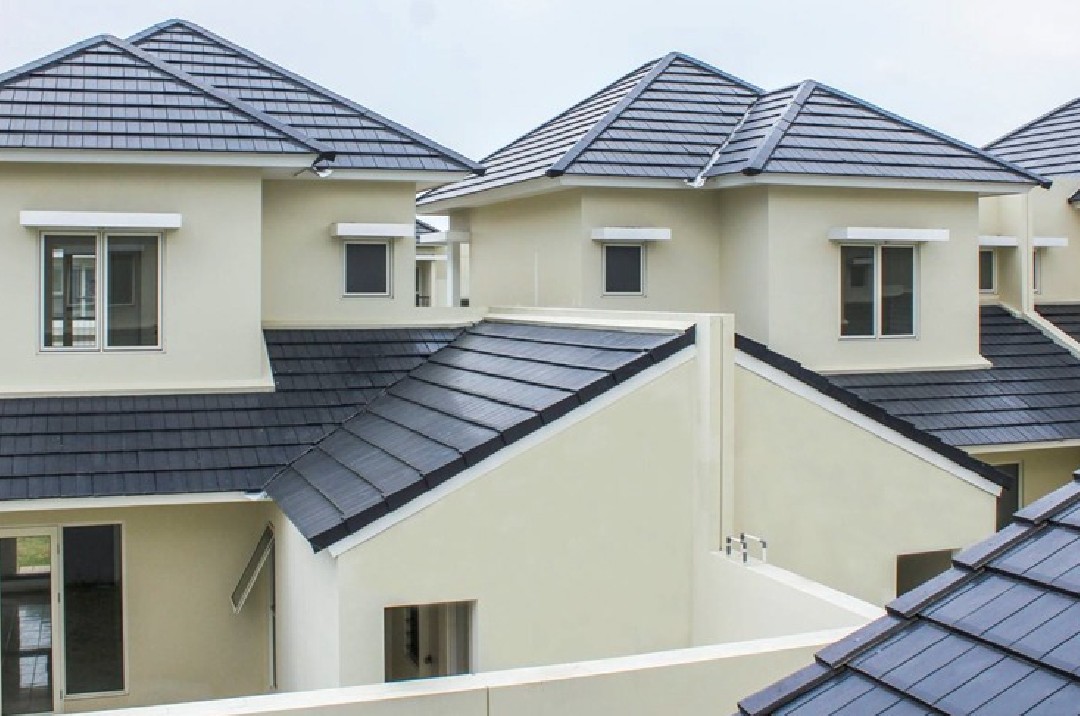What Are The 3 Main Types Of Roofs?
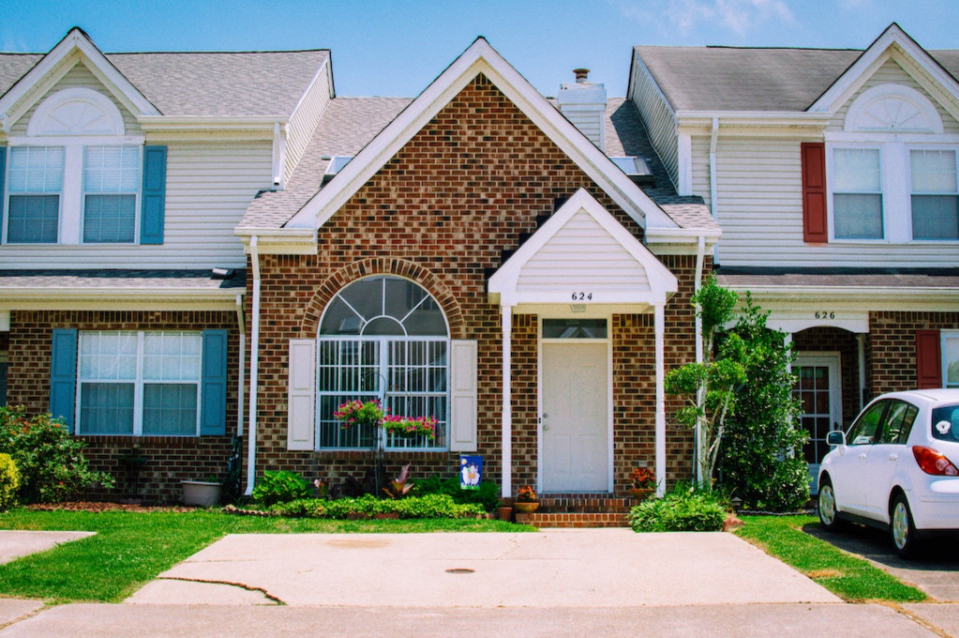
photo source : unsplash.com
A roof is more than just an object hanging above your head; it's a critical part of the structure and functionality of any home. According to Oak Lawn Roofing, the type of material you choose for your roof will depend on local climate conditions, budget, design preference, and even maintenance considerations. Fortunately, there are plenty of types to choose from; each with unique benefits and drawbacks. Here, we'll be taking a detailed look at three popular types: hip, gable, and flat roofs, so you can make an informed decision when looking for a new roof or repairing an existing one.
Hip Roof
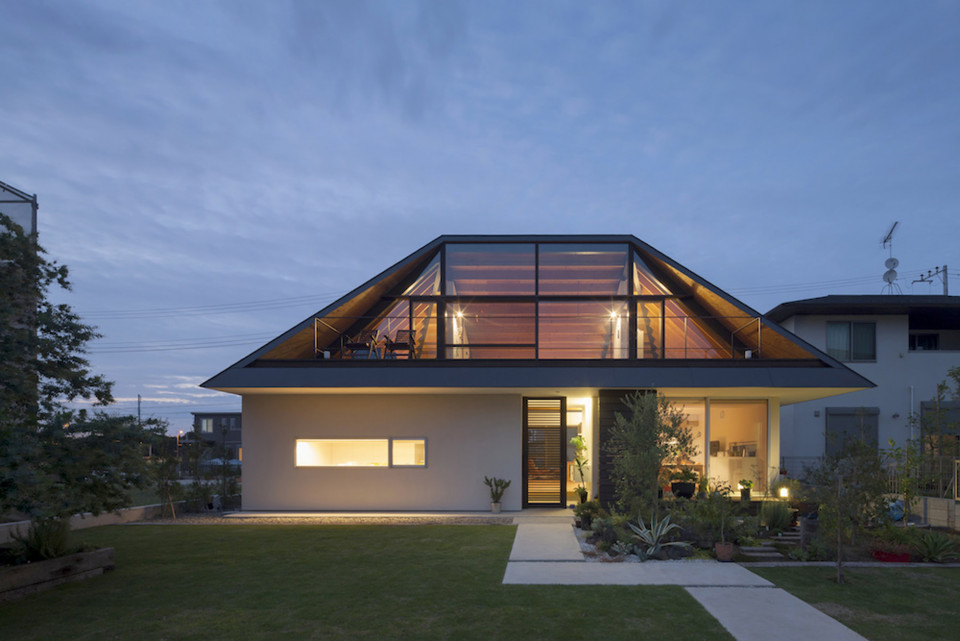
photo source : archdaily.com
Hip roofs are a popular roofing choice, known for their elegant, sloping appearance. These roofs have slopes on all sides, which meet at a ridge, giving them a distinctive shape that makes them stand out from other roofing types. Hip roofs are unique because they don't have a single vertical side. Instead, they have four triangular sides, with two sides on each side longer than the others.
There are three main types of hip roofs - regular hip, half-hip, and cross-hip. The regular hip is the simplest type of hip roof with four triangular faces. On the other hand, the half-hip roof is a mixture of the gable and hip roof designs and ends in a hip at the top. Lastly, the cross-hip roof is ideal for L-shaped buildings, consisting of two sections of hipped roofs joined together.
One of the significant benefits of hip roofs is their excellent wind resistance. Due to their aerodynamic design, hip roofs are more stable and durable than other roofing types. Additionally, they have the advantage of accommodating wraparound gutters, which are more effective at draining water from the roof.
Another advantage of hip roofs is their ability to provide great ventilation, which can lead to more comfortable living conditions. Hot air rising from inside the house can escape quickly through the roof's vents, keeping the living space cooler and more comfortable. Moreover, hip roofs can provide efficient drainage and prevent water from pooling on the roof, thus reducing the risks of damaging water leaks.
Gable Roof
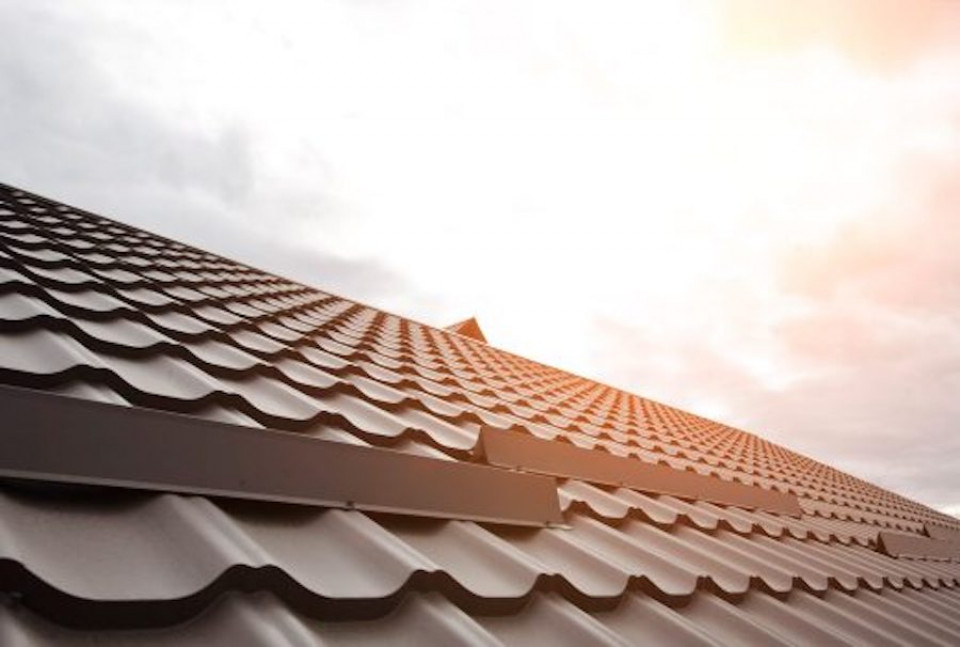
photo source : oaklawnroofings.com
This classic roof style features two sloping sides that rise to meet at the top, forming a triangular extension known as the gable. It is easy to construct and also relatively inexpensive, making it an excellent option for those on a budget.
There are three main types of gable roofs, each with unique features. The first is front gable roofing, characterized by the house's main entrance sitting under the gable. This gable roof type is perfect for homes on a corner lot or street-facing property since the gable faces the street, providing an attractive and eye-catching appearance.
The second type of gable roof is the side gable, where the front door is located beneath the gutter side of the house as opposed to the gable side. This type of gable roof provides a classic, traditional style that's perfect for those looking for a more understated and subtle roof design.
The third type of gable roof is the cross gable, which features multiple gable roofs intersecting each other. Where the gable ends meet, the roof ridges are parallel to one another, creating a more complex and dynamic roof design. This type of gable roof is perfect for large homes with several sections or wings and provides ample space for establishing different areas of the house.
In addition to their eye-catching appearance, gable roofs offer many other advantages. They create ample attic space, allowing you to store equipment, boxes, and other belongings. They also allow efficient drainage, keeping your home safe and dry during heavy rain or snow.
Flat Roof
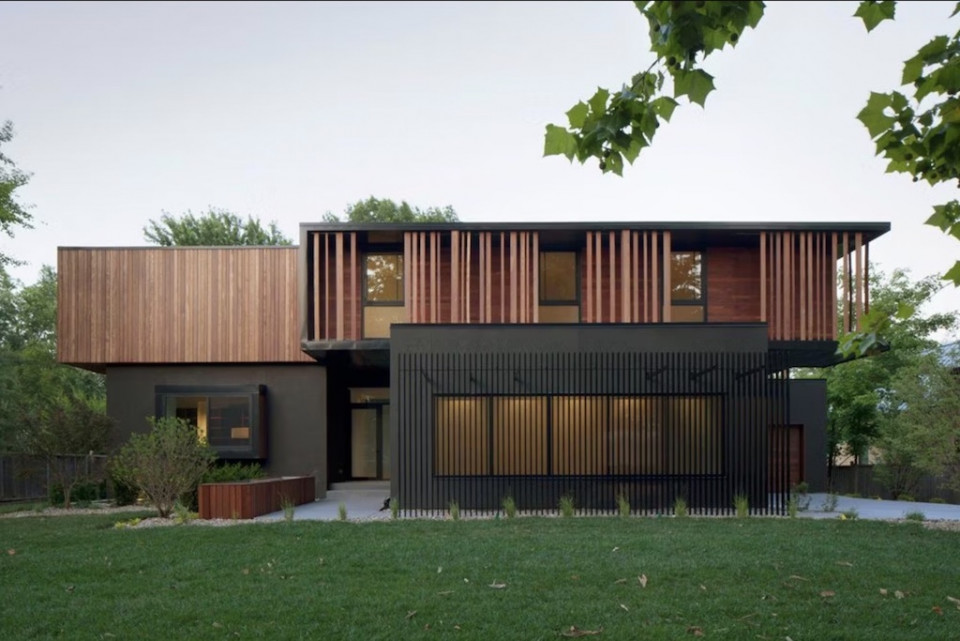
photo source : architizer.com
Flat roofs are a popular choice for commercial properties because of their easy installation and low cost. But did you know that flat roofs can also be used for residential houses? A flat roof has a low pitch and is almost horizontally level, but it isn't entirely flat; a small slope is important to assist water drainage from the roof.
There are three main types of flat roofs: membrane, built-up, and modified bitumen.
Membrane flat roofs feature a sheet of material, such as rubber or PVC, which lays flat on the roof. The material is usually glued down or held in place by weights. This type of flat roof is very easy to install and is relatively inexpensive.
Built-up flat roofs contain several layers of construction, including tar, gravel, and ply sheets. These layers are built up to form a durable and long-lasting roof. While built-up roofs are more expensive and time-consuming to install, they are also more durable and can last up to 30 years.
A combination of rubber, plastics, and polyester (or fiberglass) is used to create modified bitumen flat roofs. This type of flat roof is considered a hybrid between a built-up and a membrane roof. Modified bitumen roofs are easy to install and have excellent weather resistance.
One of the advantages of a flat roof is that it provides extra outdoor space. You can use the roof as a rooftop garden or install solar panels to generate electricity. Flat roofs are also easy to inspect and maintain, making them a great choice for homeowners who want to save on repairs and maintenance costs.
The roof is an integral part of any building as it provides protection from the elements while adding to its aesthetic appeal. Understanding the three main types of roofs can help you make an informed decision about which one works best for your home or business.

